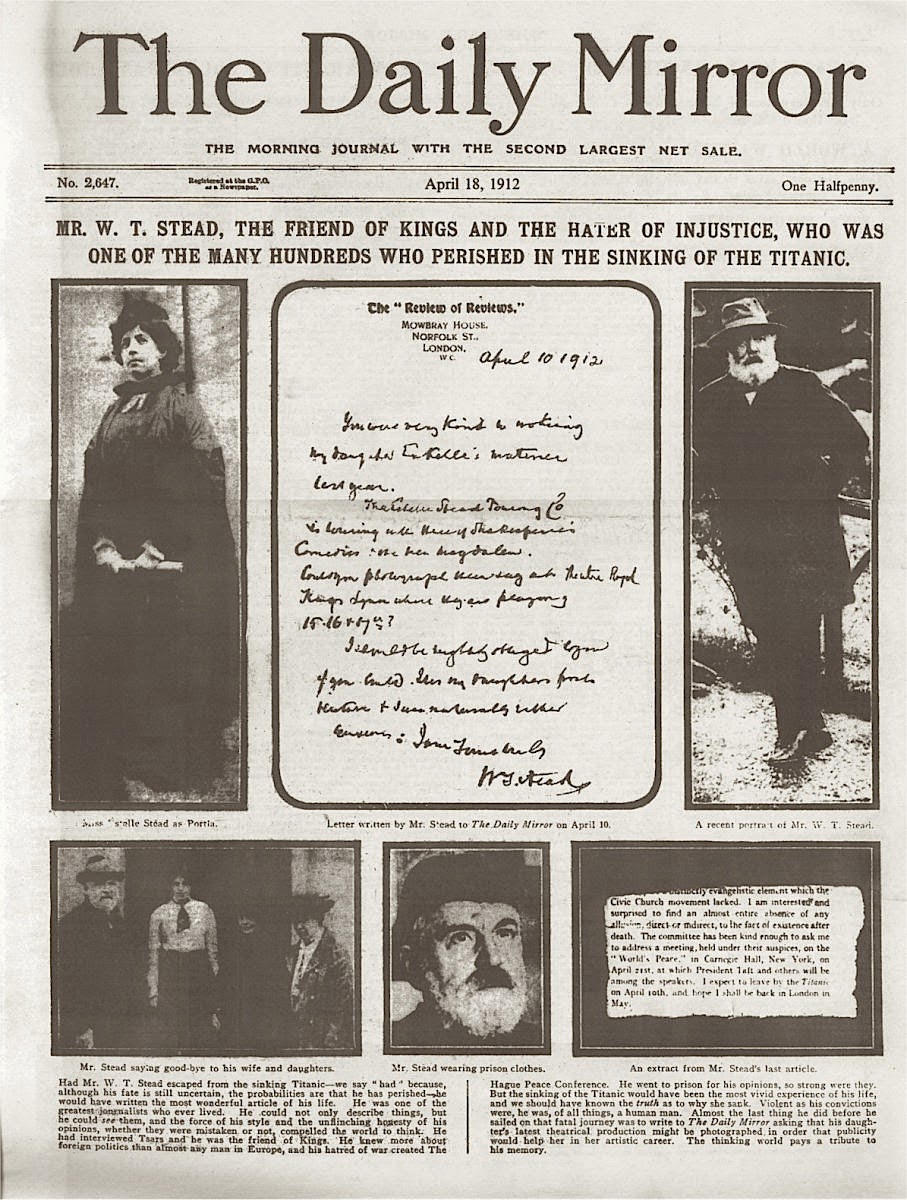 Today, the actress and poet Adah Isaacs
Menken (1835 – 1868) has been largely forgotten and when her name crops up at
all it is usually in association with Algernon Swinburne, with whom she reportedly
had an affair. But in the mid nineteenth century, both in her native USA and in
Britain, she was the Lady Gaga of her day—a sensational performer in various
erotic guises and at one time the highest paid actress in the world.
Today, the actress and poet Adah Isaacs
Menken (1835 – 1868) has been largely forgotten and when her name crops up at
all it is usually in association with Algernon Swinburne, with whom she reportedly
had an affair. But in the mid nineteenth century, both in her native USA and in
Britain, she was the Lady Gaga of her day—a sensational performer in various
erotic guises and at one time the highest paid actress in the world.
Like Lady Gaga, she entered show business early and with
some éclat. She also seems to have been obsessed with dressing up in outrageous
costumes that reflected her need to regularly re-invent herself. Like Gaga too,
she changed her name. She had begun life as plain Ada McCord, a child with
Creole blood, but later, each of her three marriages gave her a chance to add
exotic elements to her name. By her death she had adopted both the name and the
faith of her Jewish husband. Today, in some quarters of the States, her Creole
ancestry has made her a black icon of female liberation.
Menken had always expressed an interest in writing poetry and
by her early thirties she had amassed enough material for a book. Tragically, in
1868 at the age of just 33, she died suddenly of peritonitis complicated by TB
and a few days later, Infelicia was
published privately—presumably through the auspices of her husband. Though
heavily influenced by the invocatory style of Walt Whitman, Infelicia, reflects a good deal of her genuine literary talent, and it is easy to
appreciate the effect it must have had on a generation of female freethinkers
from the 1870s onwards.
 ‘How will it be with
him who deceives and betrays
‘How will it be with
him who deceives and betrays
women ?
Answer me this, ye men
who have brought woe and desolation to the heart of woman; and, by your fond
lips, breathing sighs, and vows of truth and constancy,--your deceit and
desertion—destroyed her, body and soul !
There are more roads
to the heart than by cold steel.
You drew her life and
soul after you by your pretended love. Perhaps she sacrificed her home, her
father and her mother—her God and her religion for you !
Perhaps for you she
has endured pain and penury !
Perhaps she is the
mother of your child, living and praying for you!...’
From ‘The Autograph on the Soul’.
The collection went
through many editions and was in print up to the early twentieth century.

This extra-illustrated copy dated 1869 is remarkable in many
respects. The title page, bears the
inscription ‘Thorkel Clementzen, Reykjavik, Iceland’ and either Mr Clementzen
or another owner—possibly the Edward or Jenny Shaw, whose bookplate (designed
by the well known watercolourist John Fullwood ) is stuck on the front
endpaper-- has added some extra leaves and used them to reproduce the Contents
page of the original book in manuscript. At the back are cuttings, including reviews
of
Infelicia, which praise this
‘brilliant but erratic woman’ as a true poet. There is even a notice of her
appearance at the Theatre Royal, Birmingham. And to cap it all, a tiny
watercolour dated 1890 by Fullwood, illustrating one of her poems, has been
tipped in among the new leaves.
Clearly the owner of this little volume was a true fan and
the extra-illustrations reflect very strongly the cult of personality that
attended Menken during her life and in the immediate years that followed her
death. [RMH]


































